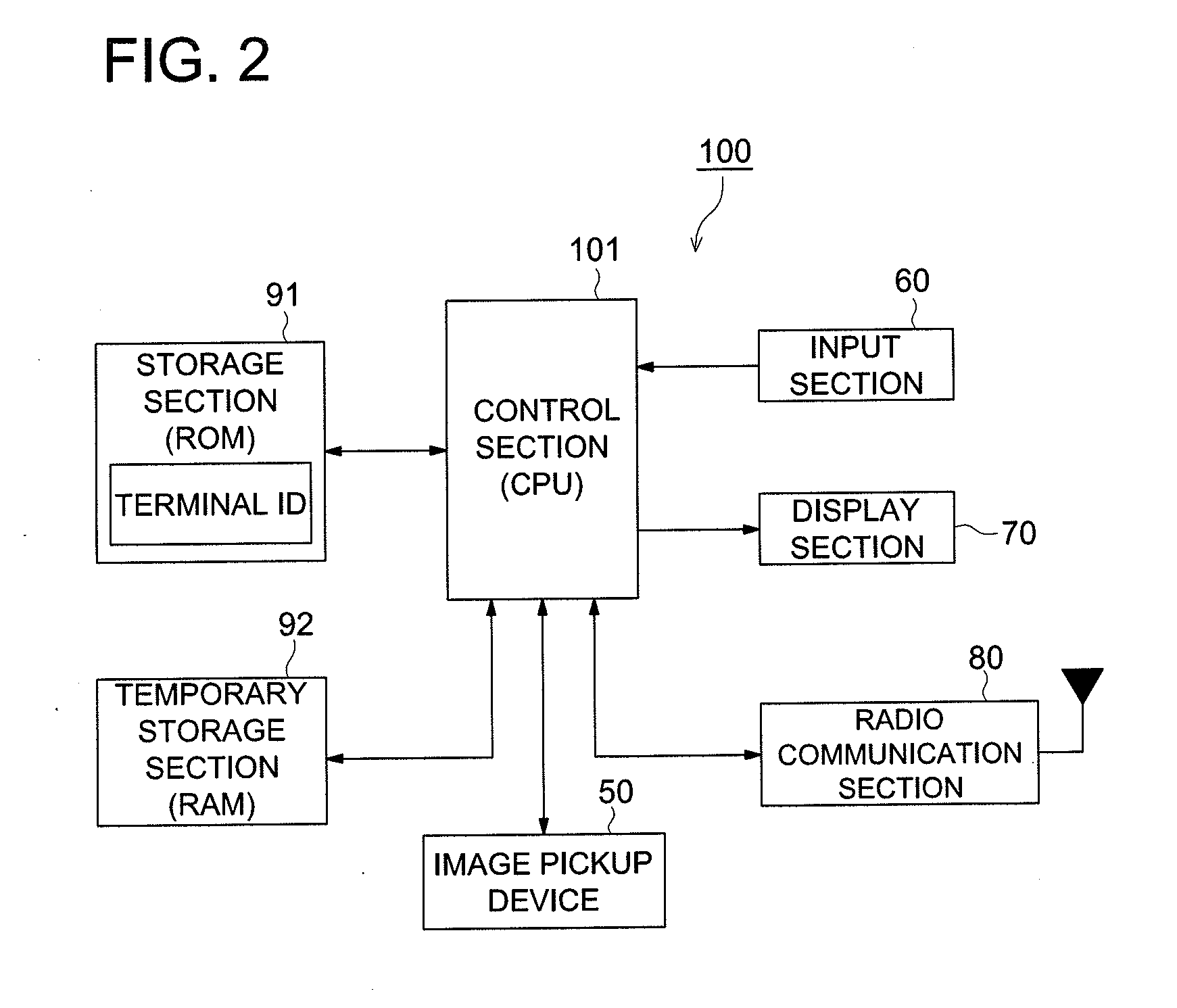Image Pickup Lens, Image Pickup Device Provided with Image Pickup Lens, and Mobile Terminal Provided with Image Pickup Device
a technology of image pickup and image, which is applied in the direction of instruments, optics, mountings, etc., can solve the problems of large decentration sensitivity, and deterioration of mtf characteristic, so as to reduce the load of the motor of the lens drive mechanism, reduce and reduce the effect of the total length of the image pickup lens
- Summary
- Abstract
- Description
- Claims
- Application Information
AI Technical Summary
Benefits of technology
Problems solved by technology
Method used
Image
Examples
first embodiment
[0091]As shown in FIG. 6, the image pickup lens includes, in order from the subject: first lens L1 in biconcave shape; aperture stop s3; second lens L2 with negative power in meniscus shape whose concave surface faces the image side; third lens L3 with positive power in meniscus shape whose convex surface faces the image side; fourth lens L4 with positive power in meniscus shape whose convex surface faces the image side; and fifth lens L5 in biconcave shape. Each surface of first to fifth lenses L1-L5 has aspheric shape. Especially, an aspheric surface at the image side of fifth lens L5 includes an inflection point at a position excluding the intersection of the optical axis and the aspheric surface. The aspheric surface at the image side of fifth lens L5 has a concaved shape in a paraxial area and has a convex shape in the lens periphery. First to third lenses L1-L3 form a focusing lens group and move to the subject side together as one body when an image is picked up at a close di...
second embodiment
[0092]As shown in FIG. 7, the image pickup lens includes, in order from the subject: first lens L1 with positive power, including a convex surface facing the subject; aperture stop s3; second lens L2 with negative power, including a concave surface facing the subject side; third lens L3 in biconvex shape; fourth lens L4 with negative power in meniscus shape whose concave surface faces the image side; and fifth lens L5 in biconcave shape. Each surface of first to fifth lenses L1-L5 has aspheric shape. Especially, an aspheric surface at the image side of fifth lens L5 includes an inflection point at a position excluding the intersection of the optical axis and the aspheric surface. The aspheric surface at the image side of fifth lens L5 has a concaved shape in a paraxial area and has a convex shape in the lens periphery. As for forth lens L4 and fifth lens L5, when they have weak power and aspheric surfaces, they can be formed to have positive power. First to fourth lenses L1-L4 form ...
third embodiment
[0093]As shown in FIG. 8, the image pickup lens includes, in order from the subject first lens L1 in biconvex shape; aperture stop s3; second lens L2 with negative power in a meniscus shape whose concave surface faces the image side; third lens L3 with positive power in a meniscus shape whose convex surface faces the image side; fourth lens L4 with positive power in meniscus shape whose convex surface faces the image side; and fifth lens L5 in biconcave shape. Each surface of first to fifth lenses L1-L5 has aspheric shape. Especially, an aspheric surface at the image side of fifth lens L5 includes an inflection point at a position excluding the intersection of the optical axis and the aspheric surface. The aspheric surface at the image side of fifth lens L5 has a concaved shape in a paraxial area and has a convex shape in the lens periphery. As for third lens L3, when it has relatively weak power and an aspheric surface, it can be formed to have negative power. First to third lenses...
PUM
 Login to View More
Login to View More Abstract
Description
Claims
Application Information
 Login to View More
Login to View More - R&D
- Intellectual Property
- Life Sciences
- Materials
- Tech Scout
- Unparalleled Data Quality
- Higher Quality Content
- 60% Fewer Hallucinations
Browse by: Latest US Patents, China's latest patents, Technical Efficacy Thesaurus, Application Domain, Technology Topic, Popular Technical Reports.
© 2025 PatSnap. All rights reserved.Legal|Privacy policy|Modern Slavery Act Transparency Statement|Sitemap|About US| Contact US: help@patsnap.com



